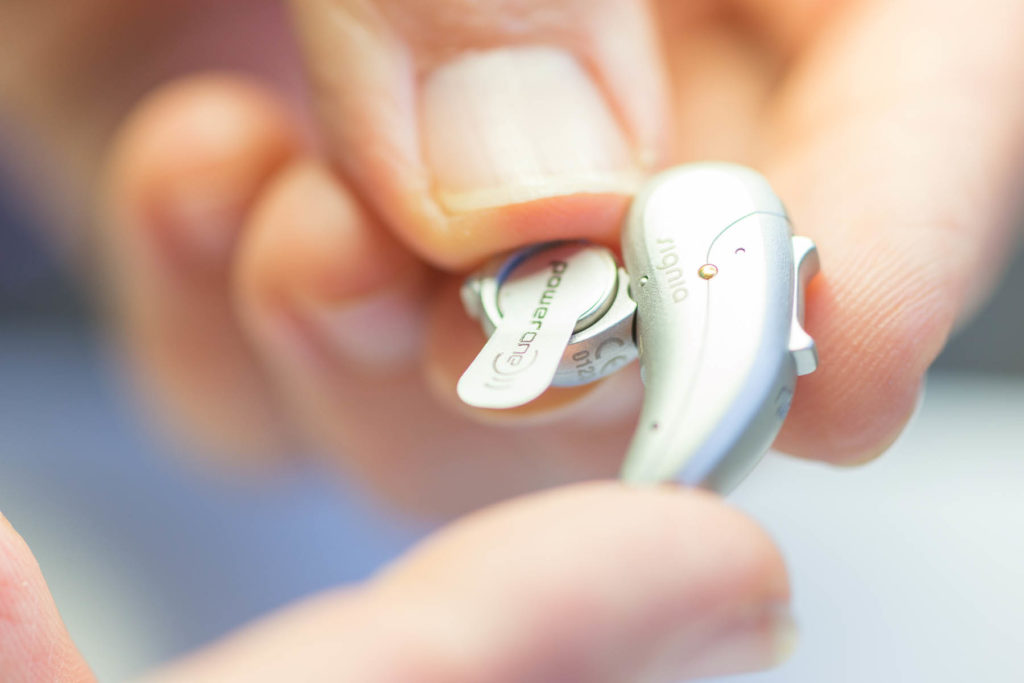For those who might not be aware of it, classic hearing aid batteries are not like other batteries. They are zinc-air batteries. Instead of using a chemical reaction inside a case, they are filled with zinc. They generate electricity when the zinc is exposed to oxygen and begins to oxidize. This makes it possible to store a lot of energy in a tiny area.
Battery storage
Being different also means they require special care. To help you get the most out of your hearing aid batteries, Falls of Sound Hearing Solutions would like to offer this short primer.
Zinc-air batteries can be temperature and moisture sensitive. They should be stored in a cool, dry place. Allowing them to get to warm can drastically shorten their lifespan and shelf life. By the same token, to cool an environment can cause condensation, which can also damage the battery.
Use the oldest batteries first.
Everything has a shelf life. Meaning how long it will remain good just sitting on a shelf. Always use your oldest batteries first to prevent them from losing power. Writing the date you purchased them on the packaging is an easy way to keep track.
Wash your hands
Dirt and grease can cause a battery discharge at a higher rate. In extreme cases, they can cause short-circuits. Always wash your hands before handling your hearing aid battery.
Pull the tab
It may seem silly, but it is easy to forget to pull the little seal off of the battery before putting it in to use.
Let it breathe
Before installing your hearing aid battery, let it breathe for at least 1 to 5 minutes. It needs oxygen to work at its best. This will greatly increase its lifespan, particularly in high drain devices equipped with Bluetooth streaming.
Leave the door open
To help extend the life or your battery leave the compartment door open when not using your hearing aids. This allows the battery to gain more oxygen and completely takes it out of the circuit.

